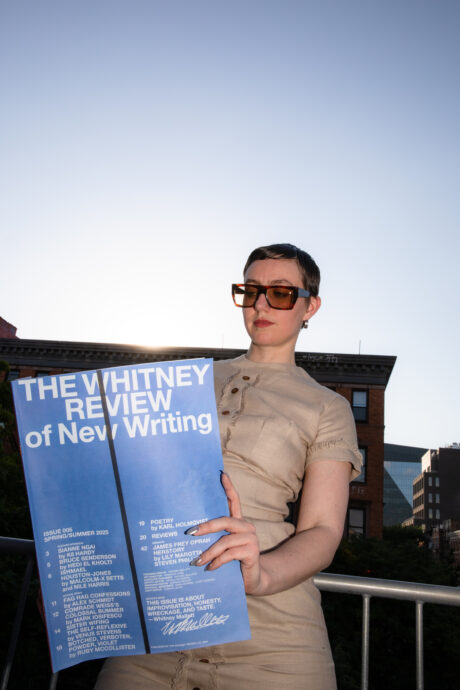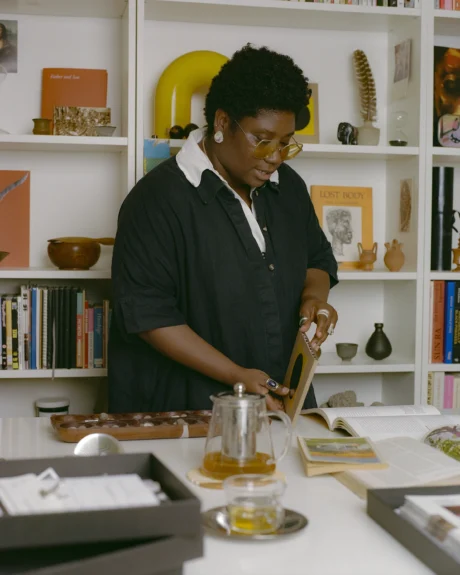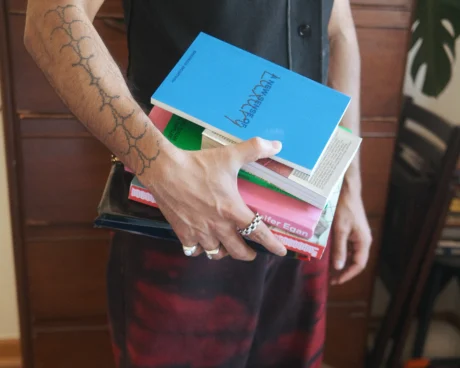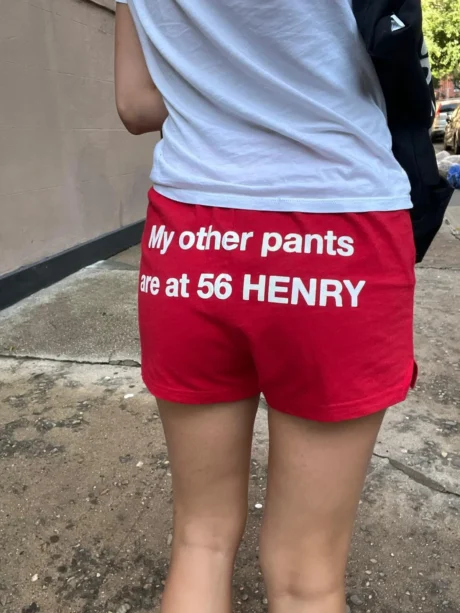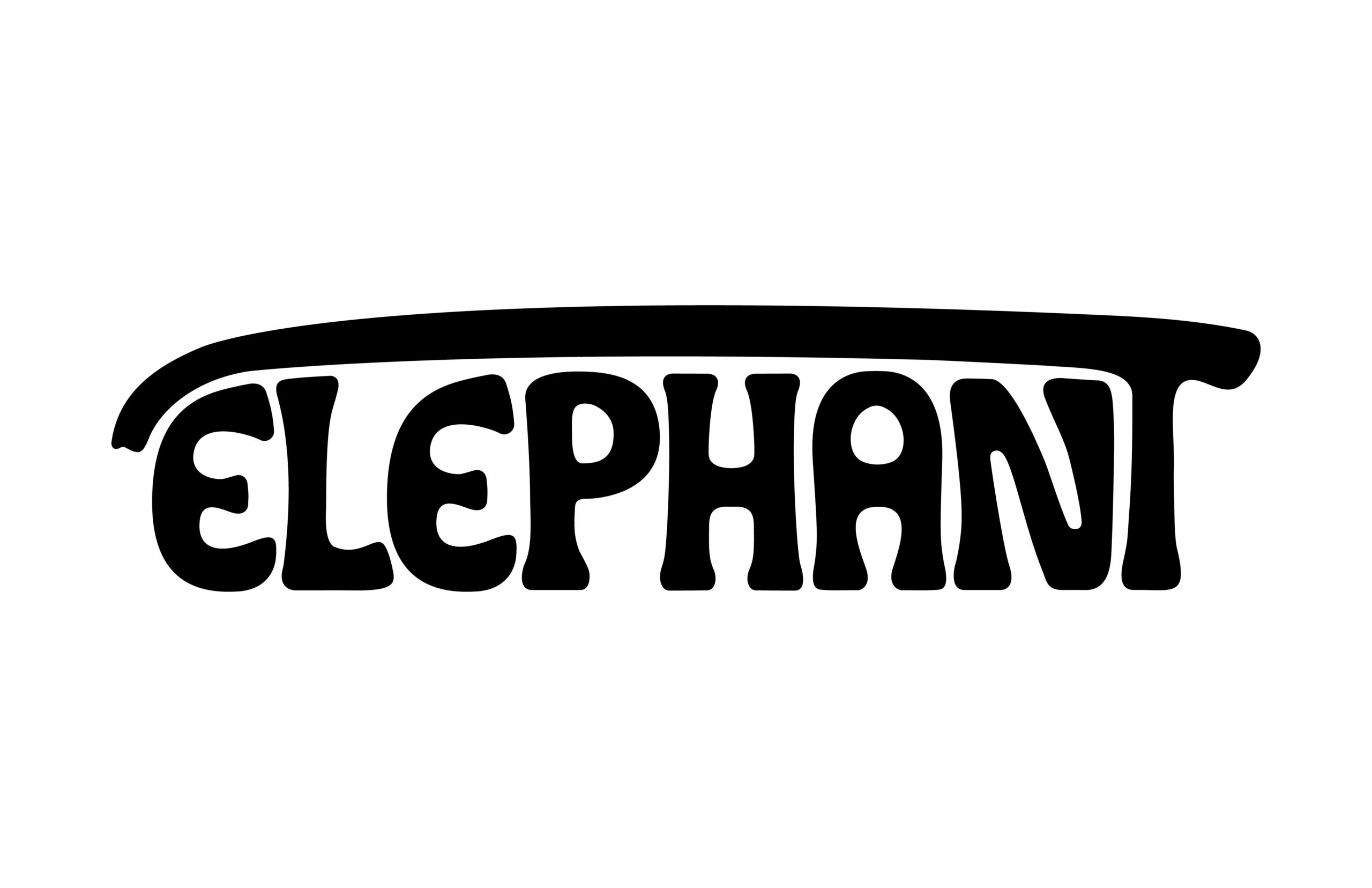Elephant’s Associate Editor, Emily Burke, spends the day in Hong Kong with sculptor Leelee Chan.
Leelee Chan’s studio is on the Twentieth floor of a towering apartment building in Kwai Chung, an area located on the outskirts of Hong Kong that is closer to the mountains than the city centre and markedly more industrial. The studio is hard to find, and despite instructions from both Leelee and Google Maps, I only manage to find her studio with the help of two kind mechanics working on the ground floor of the building, where an upended car has clearly met its final destination and incense billows from a small shrine in the corner.

Leelee’s studio isn’t all that different from the car repairs workshop on the floor below. There’s no sense of preciousness about the setup, and a range of formidable-looking tools give away the industrial nature of Leelee’s practice. Growing up, Leelee saw a constant stream of movement and the flashing of large lights from her window throughout the night. She was convinced that she lived across the road from a fairground until her parents explained that it was really a container port. Now, in her studio in Kwai Chung, she is surrounded by bamboo scaffolding that has permeated her imagination and the way she considers layering in her practice. All of this translates into Leelee’s work, where there is an effervescent pull between fluidity and structure, spirituality and the everyday.

A sculptor of ten years, Leelee’s studio is a shrine to the detritus of Hong Kong. The walls are lined with crates and palettes that could easily be disregarded as junk, and on a small desk, she keeps a collection of smaller pieces of inspiration: shells, stones, seaweed, forks, lids, dried flowers, and scraps of chainmail. Crucially, there’s no real distinction between these items; in Leelee’s studio, a piece of scrap metal has the same value as polished obsidian.

These oddities aren’t just sources of inspiration; they are the literal foundations of Leelee’s sculptures. Her process begins with the physical restoration of often deformed or broken found objects. “I’m like a doctor on a surgery table,” Leelee laughs. “I have to lay out the object and diagnose what it needs. Sometimes it needs melting down until it is malleable enough to shape, and other times it just needs a heat gun.” Talking about a recent project, Leelee describes the process of slowly wearing away at its surface and says she sees her role as “acting like the ocean” on these man made items.
But her process really begins long before the objects find their way to her surgery with research , foraging, and a consideration of each object’s past life. “I’ve found nearly all of this in Hong Kong,” Leelee tells me as she looks around her studio. “Like, look at these,” she says, picking up one of the many plastic crates from the corner of the room and running her fingers over its gridded form. “Hong Kong doesn’t produce its own shipping pallets, but there are thousands of these around the city. They have to come from somewhere, right?”

In 2020, Leelee travelled to Mexico to research obsidian. She spoke to miners about the process of extracting the material, spending time with obsidian carvers who told her about its history as a tool of human sacrifice and ancient myths of its ability to transport you to the afterlife. But what fascinates Leelee isn’t just the material storied past, but the flattened version of it that we utilise today. “Eventually, you get something like this,” Leelee says, handing me a polished black square. “This is a manufactured obsidian coaster, and as you can see, all of the ugly bits have been removed. As humans, this is what we do; we cannibalise nature and make it our own.”
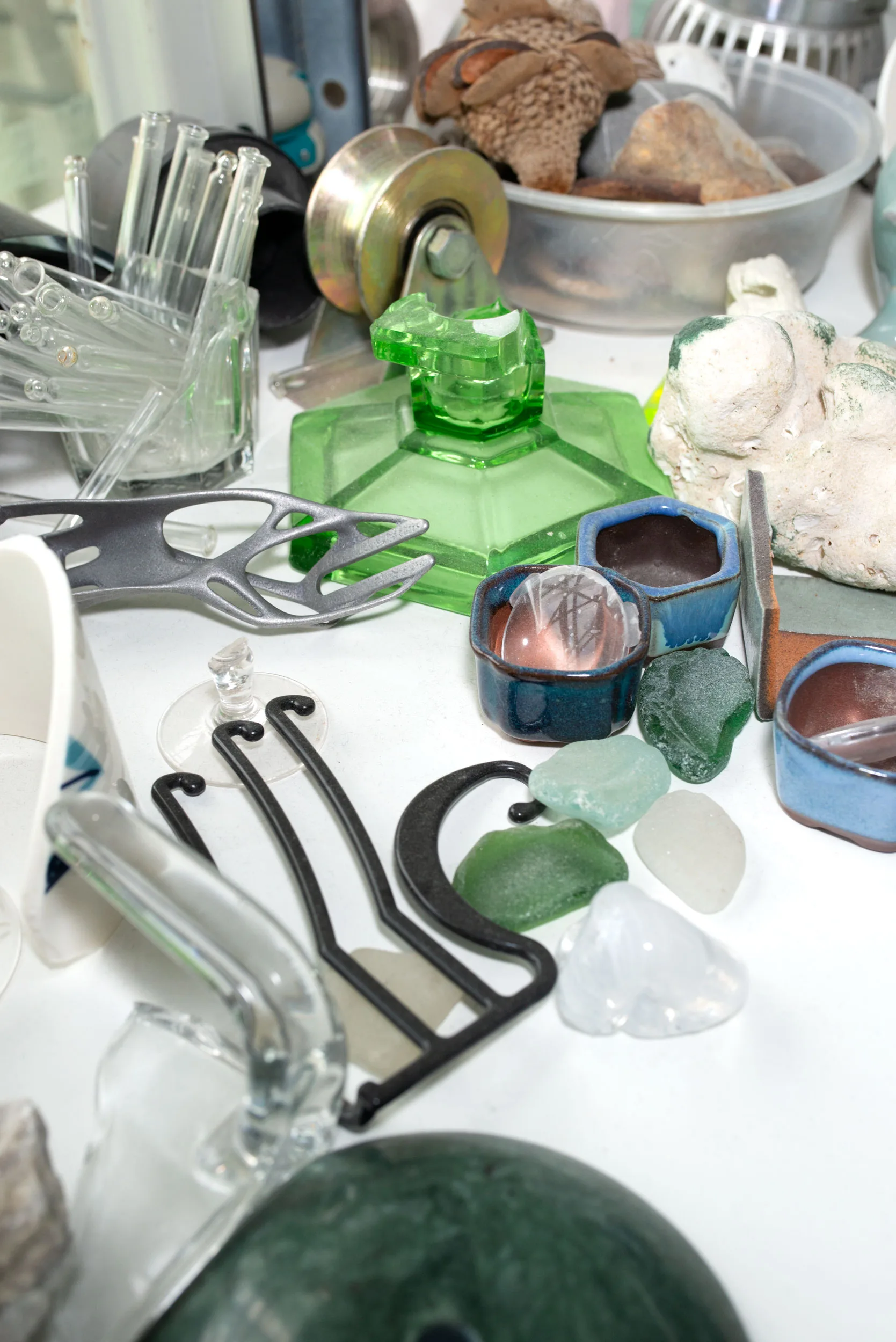
As a finished product, Leelee’s sculptures do the opposite – they take something man-made and anthropomorphise it, referencing the translucent skin of a Jewel caterpillar and the beating wings of a moth. But the sculptures don’t abandon their man-made origins either; the carcass of the shipping palette is still recognisable, even when it has been metamorphosed into something that feels alive.

After rifling through Leelee’s studio, we hit the road.On the train to Kennedy Town, Leelee tells me about our next destination – Lo Pan Temple – an urban temple dedicated to the patron saint of Chinese builders and contractors. While she isn’t religious, Leelee comes here often to simply sit and think. On our way there, Leelee’s friend, Heidi Lau, who is also a sculptor, sends her a picture of the temple – she has just been.

While it might be popular with the sculptors of Hong Kong, Lo Pan Temple isn’t a tourist destination like some of the others in the city. It is small and dark, and when we arrive, we are the only people there aside from one member of staff. Leelee buys incense and sits down to pray while I observe the offerings left to the gods, who are apparently partial to oranges, chocolates and rice wine.

After praying and leaving her incense at the altar, Leelee asks the deity about how her upcoming exhibition in Berlin will go. They give their answers through Kau Chim, an ancient method of fortune telling which involves shaking a pot until a wooden straw falls out, then matching the number on the straw with a fortune hanging on the wall. The message for Leelee roughly translates to: “Stop being so impatient, you’ll find out.”
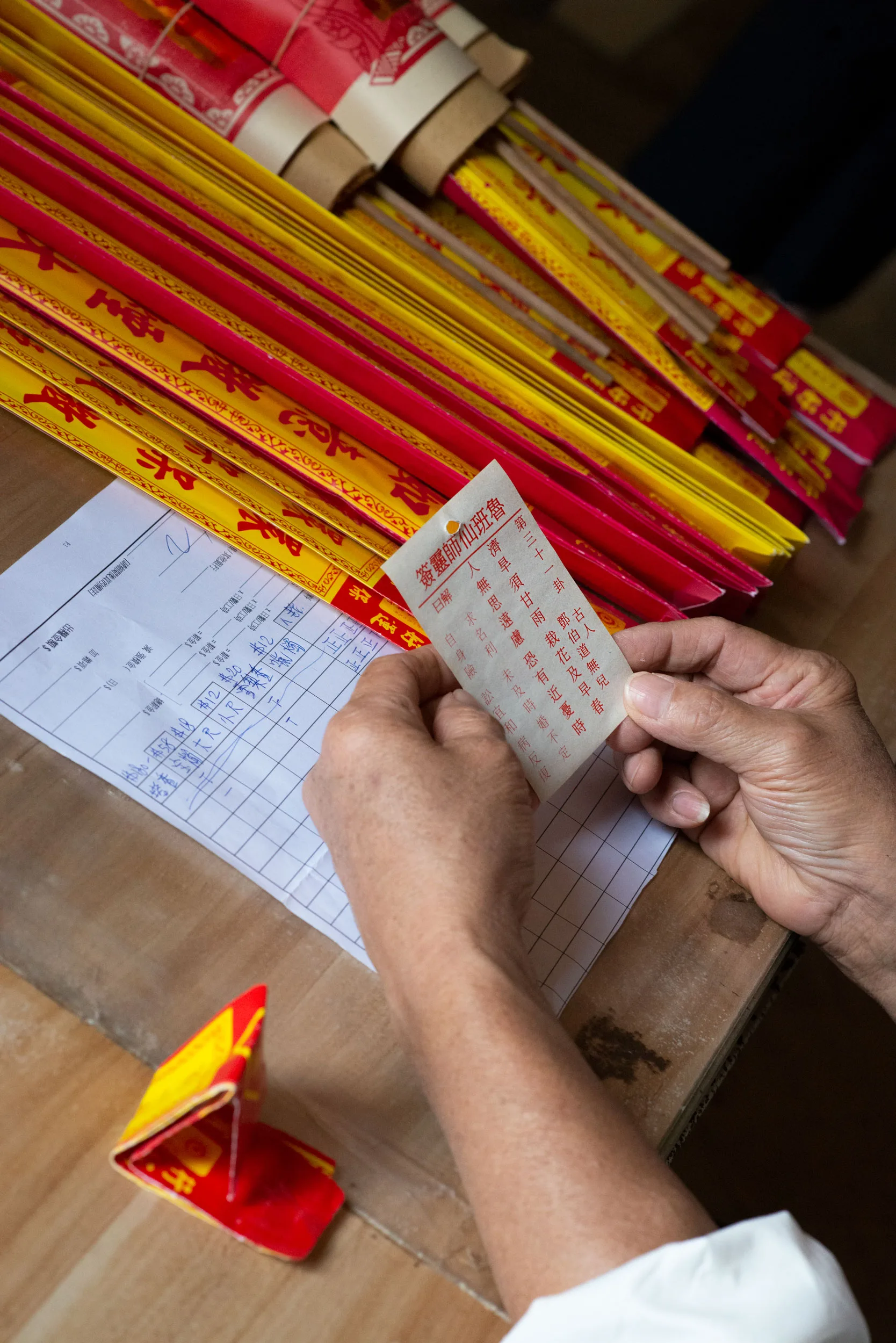
Following a lunch of pan-fried soup buns (which are as delicious and difficult to eat as they sound), we head into Central to see Leelee’s current group show at Capsule Gallery. Leelee contributed two sculptures to the show, one of which is titled Shapeshifter (Volva). It’s sleek, black, and hand-carved in granite, and through its centre runs a large auger spiral drill. None of these attributes sounds particularly visceral, but looking at Shapeshifter (Volva) brings to mind my own organs beating away in the dark, and the image of an animal that has been sliced open and exposed to sunlight.

As we leave the gallery, Leelee points to a Banyan tree growing on the bridge above us, its roots crawling down to street level. “In Hong Kong, nature is always finding a way to break in,” she tells me.
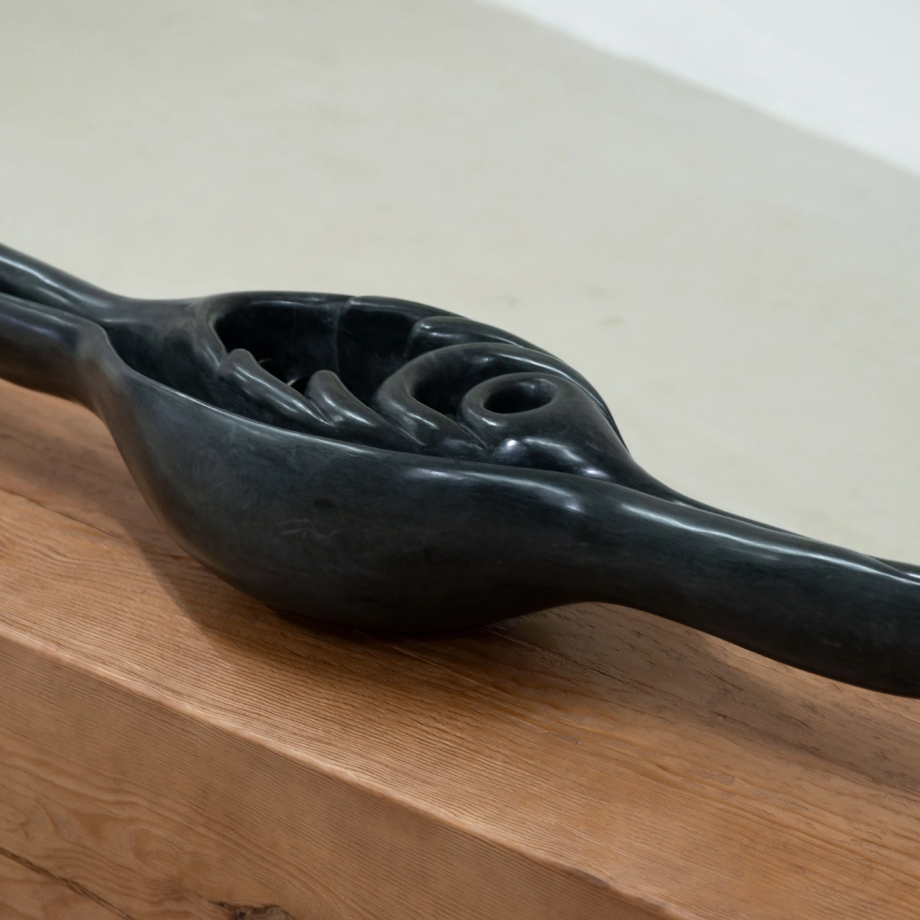
Words by Emily Burke
